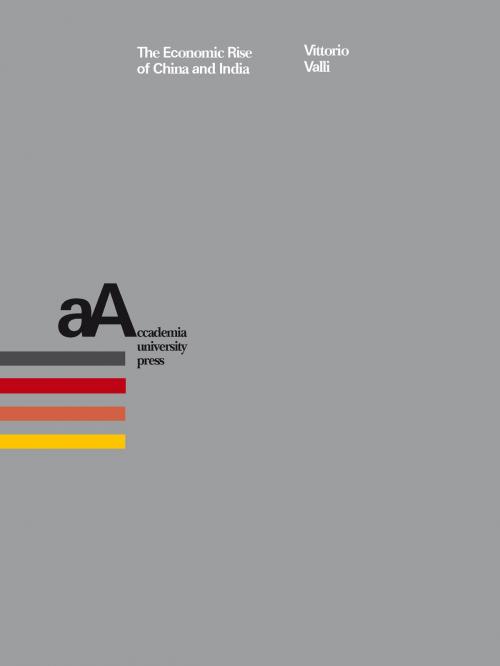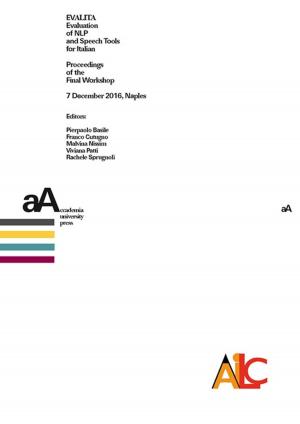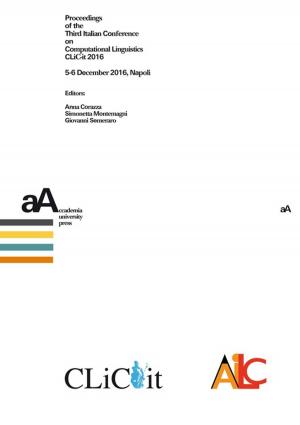| Author: | Vittorio Valli | ISBN: | 9788899200374 |
| Publisher: | Accademia University Press | Publication: | May 10, 2017 |
| Imprint: | Accademia University Press | Language: | Italian |
| Author: | Vittorio Valli |
| ISBN: | 9788899200374 |
| Publisher: | Accademia University Press |
| Publication: | May 10, 2017 |
| Imprint: | Accademia University Press |
| Language: | Italian |
The last decades have witnessed the spectacular rise of two great Asian economies: China and India.China has moved first. Since 1978 sweeping economic reforms have radically transformed the country. China has grown at a historically unprecedented high rate of growth and has conquered an important share of the world market and a relevant position in foreign direct investment. The book analyses the main determinants and the weaknesses of China’s process of very rapid growth. Great attention is given to structural changes, to the importance of the insertion in the third wave of the fordist model of growth and in the globalization process, to the deepening of income inequalities, to the rising social, environmental and demographic problems.India has begun its process of rapid growth almost fifteen years later than China. Though very high, its average rate of growth has been lower than that in China. In its period of rapid growth India has introduced weighty reforms, liberalizing external trade and investment and reducing the regulations in the internal market. Though important and accompanied by sizable structural changes, India’s period of rapid growth has not solved the deepest social problems in the country. It has created a modernized larger middle class, but limited in size with respect to total population. The crucial divide between the informal and the formal economy and the different castes, ethnic groups, languages, religions, has limited the inclusiveness of the growth process.The final chapter of the book is devoted to a brief, but revealing comparative analysis of China’s and India’s economies in their periods of rapid growth.
The last decades have witnessed the spectacular rise of two great Asian economies: China and India.China has moved first. Since 1978 sweeping economic reforms have radically transformed the country. China has grown at a historically unprecedented high rate of growth and has conquered an important share of the world market and a relevant position in foreign direct investment. The book analyses the main determinants and the weaknesses of China’s process of very rapid growth. Great attention is given to structural changes, to the importance of the insertion in the third wave of the fordist model of growth and in the globalization process, to the deepening of income inequalities, to the rising social, environmental and demographic problems.India has begun its process of rapid growth almost fifteen years later than China. Though very high, its average rate of growth has been lower than that in China. In its period of rapid growth India has introduced weighty reforms, liberalizing external trade and investment and reducing the regulations in the internal market. Though important and accompanied by sizable structural changes, India’s period of rapid growth has not solved the deepest social problems in the country. It has created a modernized larger middle class, but limited in size with respect to total population. The crucial divide between the informal and the formal economy and the different castes, ethnic groups, languages, religions, has limited the inclusiveness of the growth process.The final chapter of the book is devoted to a brief, but revealing comparative analysis of China’s and India’s economies in their periods of rapid growth.















